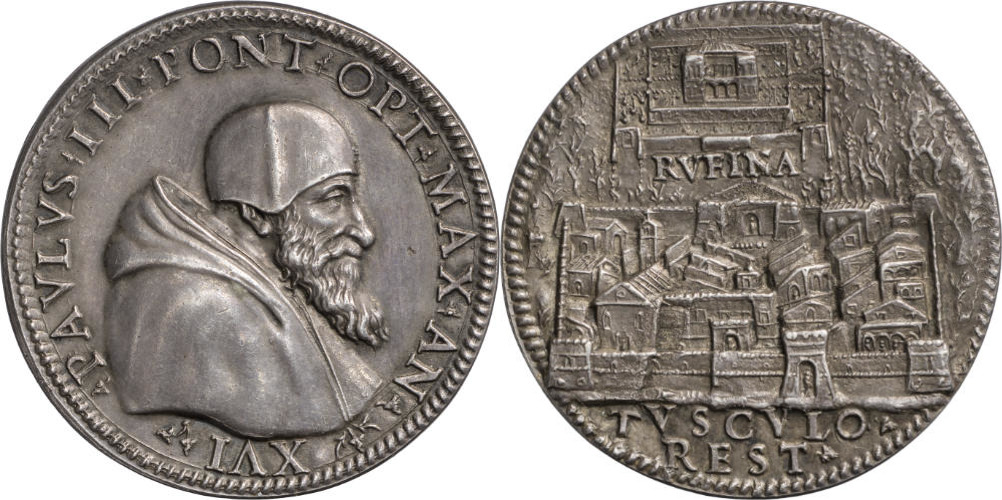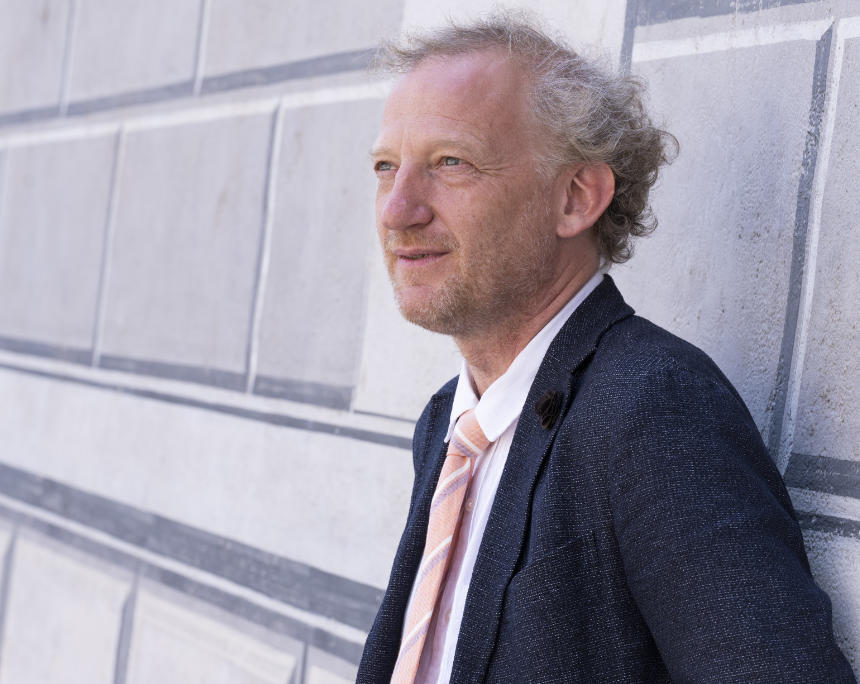An Interview With Martin Hirsch
Martin Hirsch became the new Director of the Bavarian State Coin Collection on 1 July 2023. Containing over 300,000 coins, banknotes, medals and cut stones, it is one of Germany’s most significant coin cabinets and also houses the largest public numismatic library in Germany. In addition to the permanent exhibition, the Collection also features a programme of regular special exhibitions. We had the opportunity to talk with the new Director about his plans, the digitisation of the collection and why collecting is about much more than just ownership.
CoinsWeekly: You’ve been working at the Bavarian State Coin Collection for 16 years. And now, you’ve taken over from Dr. Klose as Director. What is it exactly that appeals to you about this role?
Martin Hirsch: First of all, let me say that my appointment as Director has really lit a fire under me. It’s as though a new day is dawning inside my mind. But with this new position, my role will also change completely. We are now about to embark on the task of renewing the actual public collection, which was created in its current form 60 years ago, with showcases arranged in four rooms on the ‘Damenstock’ (Ladies’ Floor) of the Residenz. In the next few years, we will be completely revamping the public collection and the educational material. Developing the content and design of these concepts will be an exciting challenge, which I look forward to tackling as part of a team of staff and external advisers. We want to transform the museum into a real gem that will be regarded as a beautiful and innovative asset to the coin cabinets of the world.
CW: To what extent will your own interests and areas of research be reflected in your management of the coin collection?
MH: My projects all focus on medals and gems. I am planning an exhibition on Louis XIV of France, a world exhibition of modern medal art in Munich, a colloquium and an exhibition on early modern gem art. And with regard to medieval research, I am currently developing a project on Jerusalem during the Crusader period.
At the same time, I believe in open access and I think coins are a medium that can be explored through many different perspectives and questions. I actually just read an insightful article about the culture of collecting, which described the networks established by old monasteries such as St. Emmeram’s Abbey in Regensburg in the 18th century. The article reports that, at the time, collecting was not understood to mean ‘having’ but rather ‘sharing’, that is, as a means of communication between collectors and visitors.
CW: You have already expressed that you would like to raise the visibility of the Bavarian State Coin Collection within the Residenz. What does that mean in concrete terms?
MH: Since our museum is based so centrally within the Munich Residenz, it is obvious that the latter is our most important partner when it comes to visitors. We would be very happy to work more closely with the Residenz museum and identify overlapping themes. We would also be open to collaborating with them in all sorts of ways, whether that’s by opening a tour in the palace or by offering the option of a combined ticket.
In this spirit, I’d also like, in future, to present the cultural history of the Wittelsbach coin collection since the 16th century, including the magnificent historical coin cabinets and books. I’d be delighted if we were able to successfully appeal not just to coin experts but also to wider society, and therefore raise public awareness of the Residenz and the fantastic role it plays as the great centre of art in Munich’s old town.
CW: You’ve been driving forward digitisation projects at the State Coin Collection for quite some time now. Do you have any plans to further promote numismatics in the digital world?
MH: The digital museums of the future will serve many different functions. Numismatic databases shouldn’t just be reserved for specialists. Scholarship isn’t everything, after all. That is why we are increasingly focusing on formats that will reach the wider public. We’re planning to digitise our 3,500 gems via our online portal ‘bavarikon’, so that they can be enjoyed by art lovers around the world. On top of that, we are designing an innovative media guide that will highlight important pieces in the exhibition in an accessible manner and in multiple languages. We are also planning digital formats for young people that will take them on a journey back in time, as well as on a tour through the coins of Europe.

Martin Hirsch’s favourite piece: a medal of Pope Paul III. on Frascati depicting Villa Rufina (1549) by Alessandro Cesati. Photo: Nicolai Kästner, Staatliche Münzsammlung.
CW: And one more personal question – do you have a favourite piece in the collection?
MH: I’d have to choose the medal of Pope Paul III on Frascati (Tusculum) depicting Villa Rufina near Rome. It was cut in 1549 by Alessandro Cesati, a truly fascinating artist, and is a prime example of early villa culture in Italy. I also associate this piece with a very special memory. Years ago, I was able to meet Prince Camillo Aldobrandini at a small party at his villa in Frascati, together with Adolfo Modesti, a true expert in papal medals. The view of Rome’s surrounding countryside from the villa’s balcony is unforgettable. The medal, in turn, depicts the view of Frascati you’d see if you were approaching from Rome.







